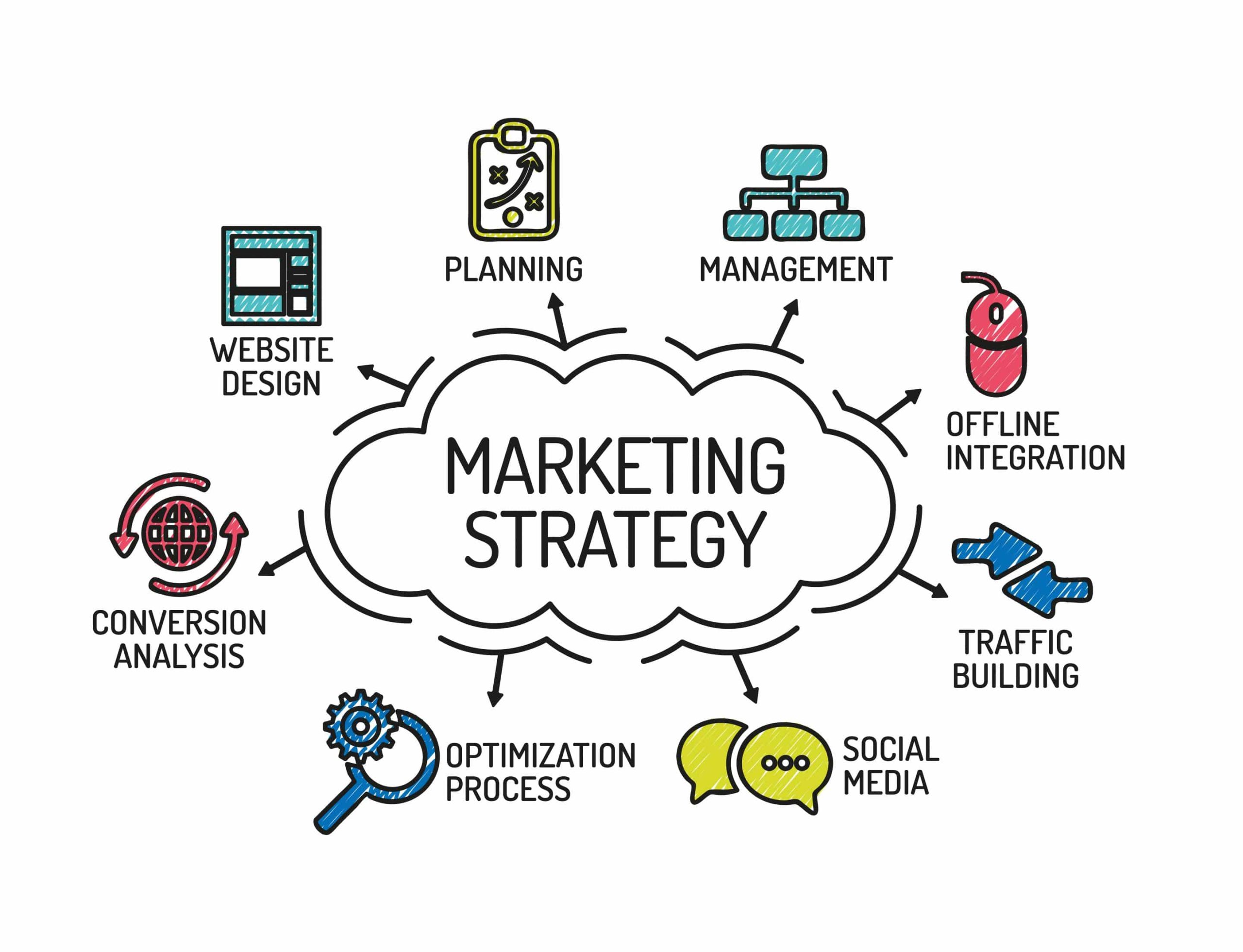7 Simple Techniques For Marketing Consultant
7 Simple Techniques For Marketing Consultant
Blog Article
Marketing Companies: Our Promotional Methods Drive Customer Engagement And Increase Sales
Marketing Techniques and Planning: An Advancement Process

Ever seem like you're throwing spaghetti at the wall, hoping something sticks? That's frequently what occurs when marketing techniques aren't carefully planned. A well-defined development procedure is the foundation of any effective marketing effort. It's about more than simply creativity; it has to do with structure and insight.
Laying the Structure: Research Study and Analysis
Before diving in, you require to understand the landscape. Who are you trying to reach? What are their requirements? What are your rivals doing? Thorough marketing research is paramount. I keep in mind as soon as, a business launched a product without comprehending their target market's choices, and it tumbled badly. Do not let that be you!
- Market analysis: Understand the marketplace size, development rate, and trends.
- Customer profiling: Develop in-depth personalities of your ideal clients.
- Competitive analysis: Determine your competitors, their strengths, and weaknesses.

Setting Objectives: What Do You Wish to Accomplish?
What are your objectives? Boost brand name awareness? Drive sales? Create leads? Your goals need to be SMART-- Particular, Measurable, Possible, Pertinent, and Time-bound. I suggest, what's the point of doing something if you don't know what you're trying to attain? It resembles setting sail without a location in mind!
Crafting Your Technique: The Roadmap to Success
This is where the magic happens. Your strategy lays out how you'll attain your goals. Will you concentrate on material marketing, social networks, email marketing, or a mix? What's your special selling proposal? The secret is to distinguish yourself and use something valuable to your target audience. Is your method a well-paved road, or a bumpy track filled with potholes? This will determine your success!
Here are some typical marketing methods:
- Content Marketing: Developing and dispersing important content to draw in and engage your target audience.
- Social Media Marketing: Using social networks platforms to develop brand awareness and connect with clients.
- Email Marketing: Sending targeted emails to nurture leads and drive sales.
Application and Execution: Putting Strategies into Action
A dazzling strategy is useless without effective application. Designate responsibilities, set timelines, and allocate resources. Don't simply plan; do! This step can be the most tough, as it needs coordination, interaction, and devotion.
Monitoring and Evaluation: Determining Your Results
Are your efforts paying off? Track your essential performance indications (KPIs) and analyze your outcomes. What's working? What's not? Be prepared to change your strategy based on your findings. This iterative process is crucial for continuous improvement. It resembles examining the compass on a long journey to ensure you're still headed in the ideal direction. Are you?
In the ever-evolving world of marketing, a robust preparation advancement procedure is not just a benefit; it's a requirement. By concentrating on research, clear goals, and adaptive strategies, you can browse the intricacies and achieve enduring success.
Target Market: Finding Your Marketing Sugary Food Spot
Ever seem like you're yelling into the void? That's what takes place when your marketing misses its mark. It's not about reaching everybody; it's about getting in touch with the right individuals. Think about it like this: attempting to sell snowboards in the Sahara. You may get a few curious onlookers, but you're not precisely going to corner the market. Why use up the energy? Instead, focus on where the snow falls and the snowboarders are currently gathering. That focus is your target market.
Why Sector? Preventing the Snowboard-in-the-Desert Scenario
Segmentation is the art of dividing your potential consumer base into smaller sized, more workable groups based on shared attributes. Imagine a Venn diagram-- each circle represents a segment, and the overlap is where the magic takes place, where the most responsive customers reside. It's inadequate to know you're selling to "women." Are they Gen Z fashionistas or soccer mamas in their 40s with a fondness for natural groceries? The more granular you get, the more efficient your messaging becomes. Rather of one-size-fits-all, you're crafting bespoke experiences. Think about it as customizing a suit versus purchasing off the rack.
One of the greatest stumbles? Presuming your ideal customer is much like you. As marketers, we fall victim to this all the time. We have actually all heard it "I like it so they must like it". News Flash. That's ego talking, not information. Your personal choices are unimportant. Let the market speak. Analyze the information. Listen to what your existing consumers are saying (and not stating) Discover the commonalities, and then construct your sectors around those findings. This is the method to prevent a costly misfire.
Tools of the Trade: Unveiling Your Perfect Consumer
So, how do you really do this? Start with information. Lots of it. Analytics platforms, consumer studies, social networks insights-- these are your treasure maps. Look for patterns. Are there age demographics that consistently convert? Geographic areas where your item resonates? Psychographic traits that define your most loyal clients?
- Demographics: Age, gender, income, education, profession
- Geographics: Area, climate, population density
- Psychographics: Lifestyle, worths, interests, mindsets
- Behavioral: Purchase history, product use, brand name commitment
Don't be scared to get creative. In some cases, the most important insights come from unanticipated locations. Consider utilizing a technique called "Jobs to Be Done." Rather of focusing on the functions of your product, consider what "job" your consumer is employing it to do. Are they purchasing your software to conserve time, minimize tension, or impress their employer? Understanding the underlying inspiration can unlock new segments you never ever considered. And keep in mind, this isn't a one-time workout. The marketplace evolves, and so should your understanding of it. Regularly revisit your division technique to ensure it stays pertinent and efficient, and that your marketing dollars are being spent sensibly.
Marketing Channels and Promotional Activities: A Deep Dive
Ever feel like your message vanishes into the void? It's a typical dilemma. The marketing landscape is a vast, ever-shifting surface. Selecting the right marketing channels and advertising activities is not simply about exposure; it has to do with resonance. Think of it as crafting a perfectly tuned instrument-- each string (channel) should vibrate in harmony to produce an engaging melody (project) However what happens when a string snaps, or worse, is never ever even strung?
Navigating the Channel Labyrinth
Picking the proper channels is a tactical vital. Are you pursuing brand awareness, list building, or direct sales? The answer determines your course. To highlight, think about the tale of two campaigns: One, a meticulously crafted social media blitz that yielded no conversions, and the other, a targeted e-mail sequence that led to a rise of excited customers. The distinction? Positioning. The e-mail campaign spoke directly to a pre-qualified audience currently interested in the offering.
Marketing Activities: More Than Simply Sound
Advertising activities are the lifeline of any marketing strategy. Sales promos, public relations, and material marketing are all viable choices. However what takes place when your material marketing efforts are disregarded? This frequently originates from a lack of worth. Are you supplying genuine insights and options, or simply broadcasting self-serving advertisements? The secret is to end up being a trusted advisor, not a consistent peddler.
- Content Marketing: Deliver value through informative and engaging material.
- Social Network Marketing: Engage with your audience and build a neighborhood.
- Email Marketing: Nurture leads and drive conversions.
- Search Engine Optimization (SEO): Improve your website's visibility in search engine result.
Typical Mistakes and Specialist Insights
One of the greatest problems organizations face is stopping working to adjust to market variations. Imagine introducing a product with a catchy slogan, just to find that a significant cultural shift renders it tone-deaf and offending. Staying nimble and responsive is paramount. Regular analysis of campaign performance is likewise important. Are your efforts yielding the preferred outcomes? If not, don't hesitate to pivot. The only constant in marketing is modification.
Another regular oversight is disregarding client division. Attempting to interest everybody is akin to shouting into the wind. Determine your perfect consumer and customize your messaging accordingly. This needs a deep understanding of their needs, desires, and habits. By focusing your efforts on a particular target market, you can maximize your effect and lessen squandered resources.
Eventually, successful marketing depend upon a blend of strategic planning, creative execution, and steadfast adaptation. By comprehending the subtleties of different marketing channels and promotional activities, you can craft a project that resonates with your target market and drives tangible results.
Marketing Research and Competitive Analysis
Ever seem like you're roaming in the dark, looking for a light switch that just won't turn on? That's how introducing a marketing project without strong marketing research feels. It resembles baking a cake without a dish-- you might wind up with something edible, however opportunities are it won't be a work of art. How do you brighten your course?
Unveiling the Landscape: Market Research Study Techniques
Market research study isn't just about collecting information; it has to do with comprehending the really heartbeat of your target group. Consider it as ending up being an investigator, piecing together hints to fix the secret of what your potential clients really want. Are they yearning convenience? Sustainability? Or possibly a touch of fond memories? You require to understand. One typically neglected aspect is psychographic segmentation. It's insufficient to know their age or earnings; you require to understand their values, lifestyle, and aspirations. What makes them tick?
One expert tip? Do not rely entirely on surveys. Observe real-world habits. If introducing a brand-new line of environmentally friendly items, invest time in farmers' markets or organic grocery shops. Speak with individuals, observe their purchasing habits, and get a feel for their real issues.
Sizing Up the Competitors: Competitive Analysis
Now, let's talk about your competitors. Overlooking them resembles going into a boxing ring with your eyes closed. A competitive analysis involves determining your competitors and examining their methods to determine their strengths and weaknesses relative to your own. It's not about copying them; it's about determining chances to separate yourself and take your specific niche. Have you ever saw how some coffeehouse prosper best beside a Starbucks? It's since they have actually determined a specific market segment that Starbucks isn't totally serving, like a preference for locally sourced beans or a cozy, intimate environment.
The most significant risk with competitive analysis isn't the lack of data however rather a failure to act on it. All the spreadsheets and graphs in the world will not assist if you don't translate those insights into concrete actions. And remember the importance of looking beyond direct rivals. Consider indirect competitors. Who else is vying for your target market's attention and spending plan?
- Determine Key Rivals: Who are they, and what are their market shares?
- Examine Their Marketing Methods: What channels are they using? What's their messaging?
- Examine Their Strengths and Weak points: What are they good at, and where are they doing not have?
- Discover Opportunities for Distinction: How can you stick out from the crowd?
Remember, the marketing landscape is ever-evolving. Continuous tracking and adjustment are important for long-lasting success. By welcoming both marketing research and competitive analysis, you can browse the intricacies of the marketplace and position yourself for sustained development.